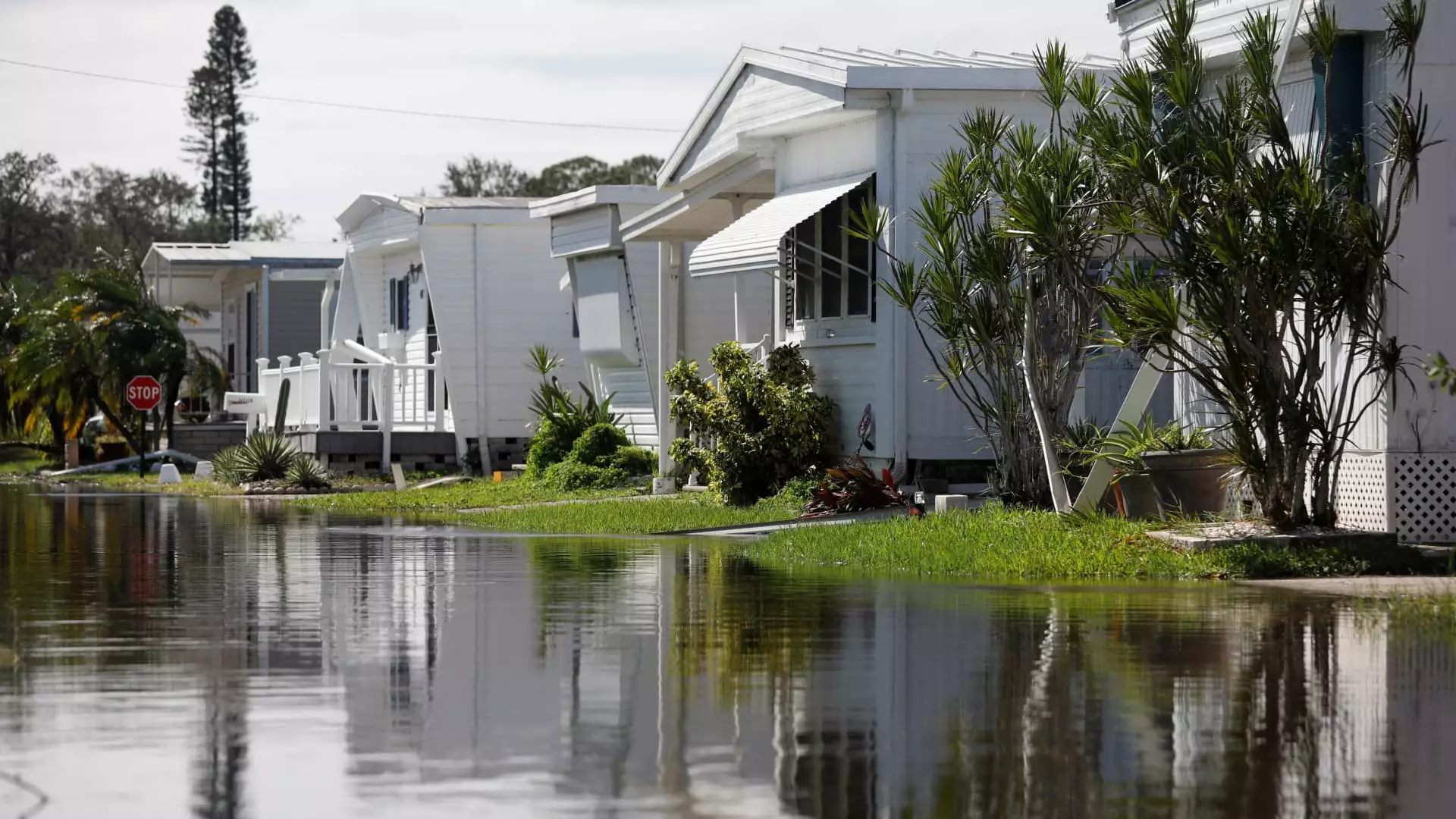Natural disasters can drastically alter the landscape of our lives, rendering homes uninhabitable and forcing many to seek alternative lodging. The implications of such disasters extend beyond physical damage; the financial consequences can be equally daunting. Homeowners and renters often overlook a crucial aspect of their insurance policies—coverage for additional living expenses when a home becomes unlivable due to circumstances like hurricanes, fires, or floods. This article will unpack the intricacies of “loss of use” coverage, outlining what it entails, how to access it, and its limitations in times of crisis.
Recent estimates highlight staggering financial losses from significant natural disasters. For instance, insured losses from Hurricane Helene were projected to be as high as $17.5 billion, while the toll from Hurricane Milton could reach between $30 billion to $60 billion. These mind-boggling figures reveal the extensive damage inflicted not just on property but also on the lives and livelihoods of affected individuals. In times of distress, understanding how insurance policy provisions can aid recovery is critical for homeowners and renters alike.
One of the key provisions tucked away in many homeowners and renters insurance policies is the “loss of use” coverage. This provision is designed to assist policyholders in covering reasonable living expenses when their homes become uninhabitable because of an insured hazard. Experts generally indicate that this coverage amounts to about 20% of the dwelling’s insured value. For instance, if a property has a replacement value of $100,000, the policyholder might be eligible for $20,000 to cover living expenses, such as hotel bills, meals, pet boarding, and more, while repairs are underway.
It’s important to note that renters and condominium policies can include similar provisions. In these cases, however, the coverage often pertains to personal property rather than the structure itself. Renters can expect a percentage of their personal property coverage to be allocated for additional living expenses. Thus, securing clarity on these provisions before a disaster strikes can be invaluable.
In the wake of a natural disaster, knowing how to initiate a claim can alleviate stress. Experts advise reaching out to your insurance provider at the earliest convenience to inquire about loss of use coverage. Timeliness is essential; as Shannon Martin, an insurance analyst, underscores, quick communication can expedite the claim process. Some insurance companies may issue an advance check for living expenses, lightening the immediate burden while you navigate your recovery.
Understanding the specifics of your policy is equally crucial. Each insurance plan may come with its own restrictions, including caps on expense types or time limits for utilizing the coverage. Therefore, policyholders should preemptively clarify these details, as they could play a pivotal role in recovery.
While loss of use coverage provides much-needed assistance after natural disasters, it is inherently a temporary solution. Jeremy Porter from the First Street Foundation highlights this aspect, explaining that such coverage is often insufficient for prolonged recovery. The realities following a disaster can be harsh; not only are repair efforts lengthy, but the costs for lodging can soar due to increased demand and limited supply.
For many, this can mean transitioning to extended temporary housing that outlives the insurance coverage, a plight emphasized by experts observing the post-disaster landscape. Moreover, additional costs for moving and temporary accommodations often skyrocket when housing becomes scarce, leaving families in financial uncertainty.
In addition to private insurance, individuals should remember that assistance is available through government channels. The Federal Emergency Management Agency (FEMA) offers support to victims of disasters, and policyholders can file claims with both their insurance provider and FEMA simultaneously. This dual approach can help maximize financial recovery.
It is crucial for homeowners and renters who have experienced natural disasters to educate themselves, both on how their insurance policies can aid them and on the resources available from government entities. The road to recovery can be long, but understanding loss of use coverage and proactive steps can significantly impact your resilience in the face of devastation.
While loss of use coverage is a critical safety net for those affected by natural disasters, it is essential to understand its limitations and essential processes. Preparation, awareness, and prompt action can help alleviate some stress during these challenging times, facilitating a smoother transition into recovery.

